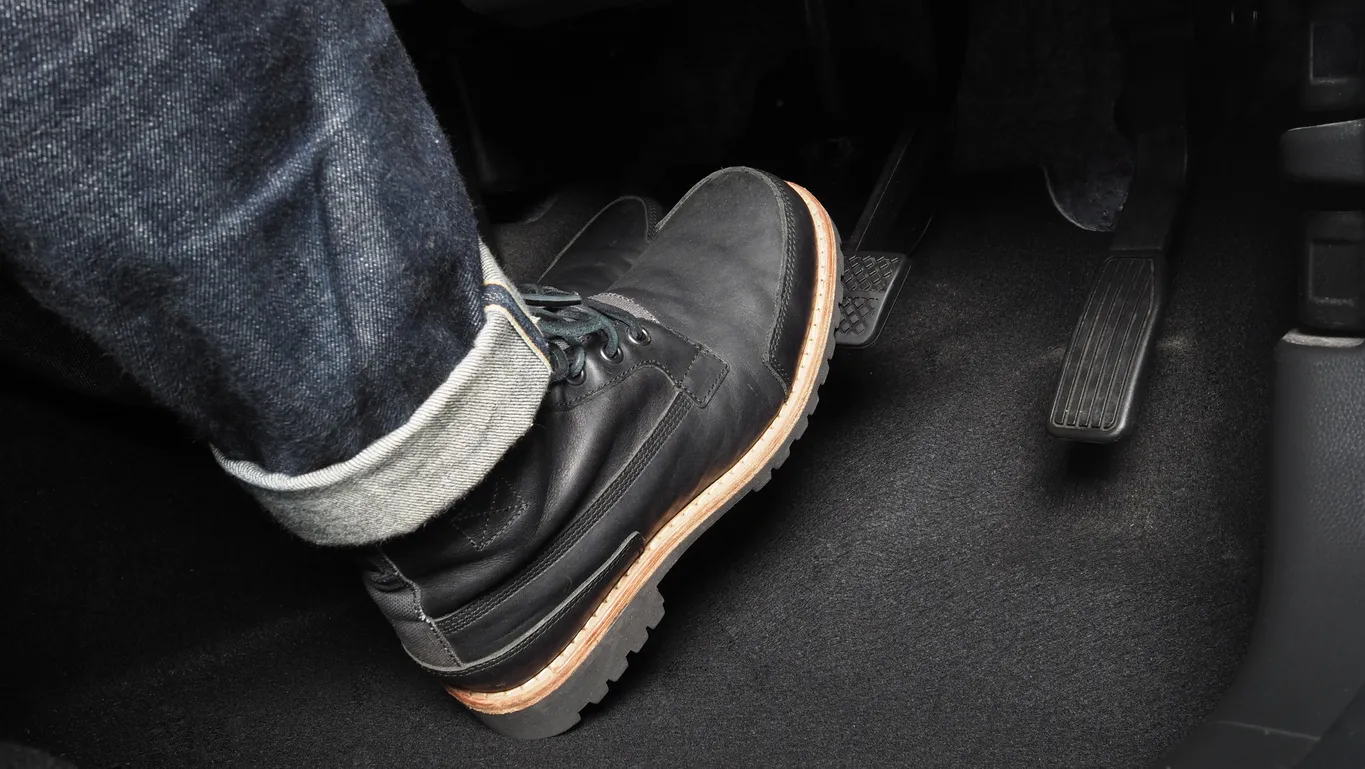What is Automatic Emergency Braking

Modern cars increasingly come equipped with the safety technology known as Automatic Emergency Braking (AEB). AEB employs sensors, cameras, and radar to spot possible crashes and applies the brakes automatically if the driver doesn't act quickly enough. As this is an increasingly common feature on most new cars, it is helpful to take a closer look at exactly what AEB is, how it functions, and the advantages it provides to both drivers and passengers.
What is Automatic Emergency Braking?
With the use of sensors, cameras, and radar, AEB technology can identify impending crashes and automatically apply the brakes if the driver doesn't respond in time. Among other titles, AEB is often referred to as autonomous emergency braking, collision avoidance, and pre-collision assistance.
How Does Automatic Emergency Braking Work?
In order to identify possible accidents with other cars, people, or objects, AEB employs sensors and cameras. The AEB system will notify the driver to take action when it detects a probable accident, either visually or audibly. The AEB system will automatically use the brakes to stop or lessen the impact of a collision if the driver is unable to react in time.
Depending on the particular model, the sensors and cameras for AEB systems can be located on the front, back, or sides of the car. Certain AEB systems also employ radar to gauge the proximity and speed of passing cars, which can aid in avoiding crashes brought on by blind spots or abrupt lane changes.
Benefits of Automatic Emergency Braking
The advantages of automatic emergency braking are numerous for both drivers and passengers. The following are a few of the main advantages of AEB:
Increased Safety
The main advantage of AEB is improved safety. AEB can assist in lessening the severity of injuries or possibly even prevent them entirely by automatically deploying the brakes to stop or lessen the force of a collision. Moreover, driver error—such as being tired or preoccupied while driving—can contribute to incidents being prevented by AEB.
Improved Driver Confidence
Driving confidence often increases when you are aware that your car has AEB, especially when you could be in danger of colliding with another vehicle. When driving, especially in congested traffic or bad weather, AEB can offer an added measure of security and make you feel more at ease.
Potential Cost Savings
AEB installation may initially cost more than a conventional braking system, but it may end up saving a lot of money in the long run. AEB can lessen the severity of injuries and assist in avoiding accidents, which can cut insurance rates and minimize repair costs.
Reduced Environmental Impact

Driving has an obvious impact on the environment, but AEB systems can help lessen it. Most pollutants occur from the extra traffic congestion caused by people having to bypass an accident scene. AEB can limit the number of pollutants cars produce by helping to avert those accidents in the first place. By minimizing the need for rapid braking and acceleration, which can waste fuel, AEB can also aid in enhancing fuel economy.
Limitations of Automatic Emergency Braking
Even knowing the aforementioned benefits AEB has a lot to offer, it's also crucial to understand what it can't do. The following are some of the main limitations of AEB:
Limited Functionality
AEB systems are designed to detect potential collisions in specific situations, such as rear-end collisions or collisions with pedestrians. However, AEB might not always be able to identify all probable collisions, and there might be circumstances when it typically fails, including collisions with large objects or animals.
Reliance on Sensors and Cameras
AEB systems use cameras and sensors to look for possible collisions. AEB may not work effectively if these sensors or cameras are broken or obstructed. To maintain the AEB system's efficiency, it's critical to keep the sensors and cameras in good working order.
Inconsistent Standards
AEB systems are presently not standardized, which might cause performance differences between various vehicles and manufacturers. To guarantee you are using your vehicle's individual AEB system properly and to understand its capabilities and constraints, it is crucial to do some study on it.
Risk of Over-Reliance
AEB can increase security and lower the likelihood of accidents, however, there is a chance of overdependence on the technology. Instead of maintaining a high degree of alertness and attention to the road, drivers may get complacent and depend too heavily on AEB to prevent collisions.
Tips for Using Automatic Emergency Braking
Here are some suggestions to keep in mind to make sure you are utilizing AEB appropriately and efficiently:
Be Familiar with Your AEB System
Go through your vehicle's owner's manual and become acquainted with the AEB system before you start driving. Recognize how it operates, the kinds of collisions it is intended to identify, and any usage constraints.
Keep Your AEB System Maintained
Keep your AEB system's sensors and cameras clean and damage-free to preserve its efficacy. Get your AEB system checked out as soon as you can if you detect any problems with it, such as warning lights or malfunctions.
Use AEB as a Supplement to Safe Driving Practices
AEB can increase safety, but it shouldn't be used in place of cautious driving habits. Always keep a safe following distance, respect all traffic regulations, and pay attention to the road.
Be Prepared for AEB to Activate

When traveling on rocky or uneven roads, crossing beneath bridges, or driving over overpasses, AEB may suddenly activate. AEB may activate, therefore, be ready to respond appropriately, such as manually applying the brakes if necessary.
Stay Up to Date with AEB Developments
The AEB industry is continually developing new products and making advancements in existing ones. To maintain the highest level of safety, stay abreast of the most recent advancements in AEB technology and think about updating your car or AEB system as necessary.
Automatic Emergency Braking Could Save Your Life
AEB is a technology that has several advantages for both drivers and passengers, including enhanced safety and driver confidence, potential cost savings, and decreased environmental impact. Drivers should be familiar with their AEB system, maintain it, utilize it as an addition to safe driving techniques, be ready for AEB to activate, and keep up with AEB advancements in order to use AEB efficiently. If you are on the lookout for a new vehicle with AEB, run a vehicle history report here at GoodCar and make sure you find a vehicle that meets your needs!
FREE Vehicle Search
- Accidents
- Problem Checks
- Title Records
- Recalls
- Values
- Specs
-
InfoPay, Inc. (dba GoodCar) is an Approved NMVTIS Data Provider
-
-

















































